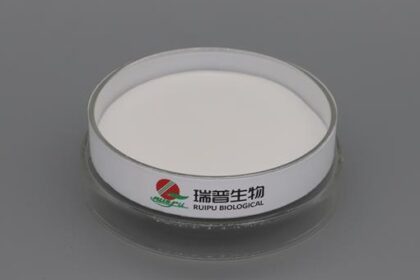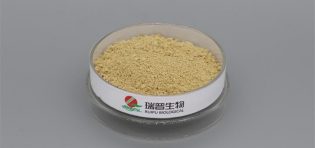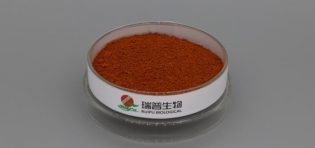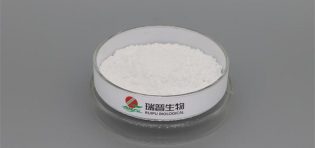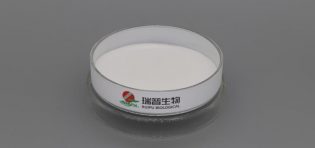
To identify high-quality magnesium oxide, you can follow these criteria:
1.Purity: Purity is one of the key indicators of the quality of magnesium oxide. The higher the purity, the better the performance and applications of magnesium oxide. Purity can be determined through chemical analysis methods such as colorimetry, titration, chemical separation, or instrument analysis techniques like X-ray diffraction and infrared spectroscopy.
2.Particle Size: The size and distribution of particles greatly affect the quality and applications of magnesium oxide. Smaller particle sizes result in larger surface areas, potentially enhancing performance. Particle size can be measured using sieving methods or laser particle size analyzers.
3.Appearance: High-quality magnesium oxide should have a neat and uniform appearance without noticeable impurities, particles, or color variations. The presence of impurities can affect the performance and stability of magnesium oxide.
4.Chemical Composition: The chemical composition of magnesium oxide should meet relevant standards, with the magnesium oxide (MgO) content not falling below the specified value. Impurities such as SiO2 and CaO should be within allowable limits.
5.Brand and Source: Choosing well-known brands and reputable suppliers can ensure the purchase of high-quality magnesium oxide. Understanding the source and production process is also important, as different production processes and raw materials can affect product quality.
6.Quality Inspection Report: When purchasing magnesium oxide, request a quality inspection report from the supplier and carefully check if the reported indicators meet the relevant standards.
7.Testing and Verification: If possible, conduct tests to verify the performance of the purchased magnesium oxide. This can be done through simple chemical experiments or practical application tests to confirm that the product meets the required specifications.
Identifying high-quality magnesium oxide requires a comprehensive consideration of factors such as purity, particle size, appearance, chemical composition, brand and source, quality inspection reports, and testing and verification.


